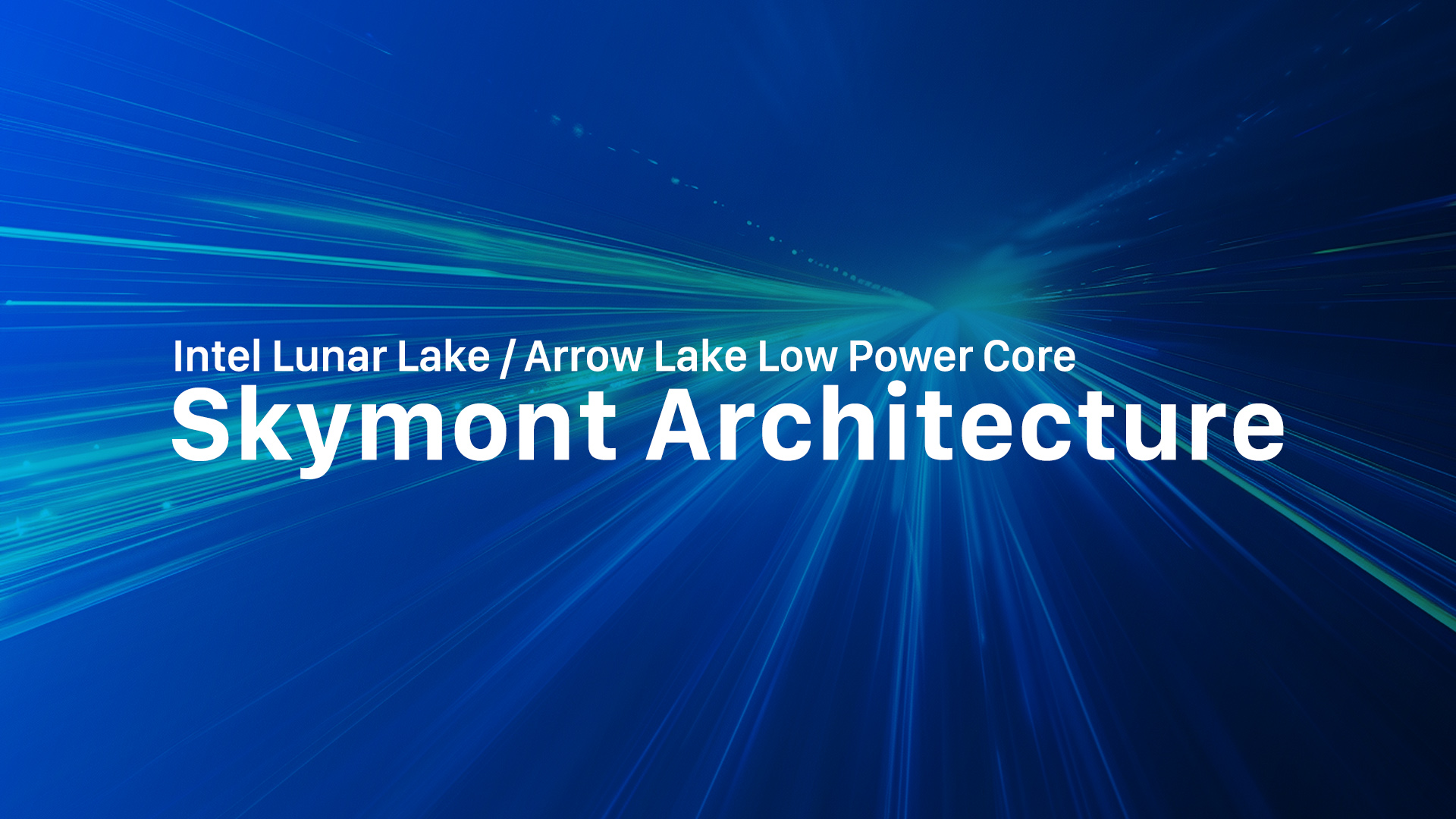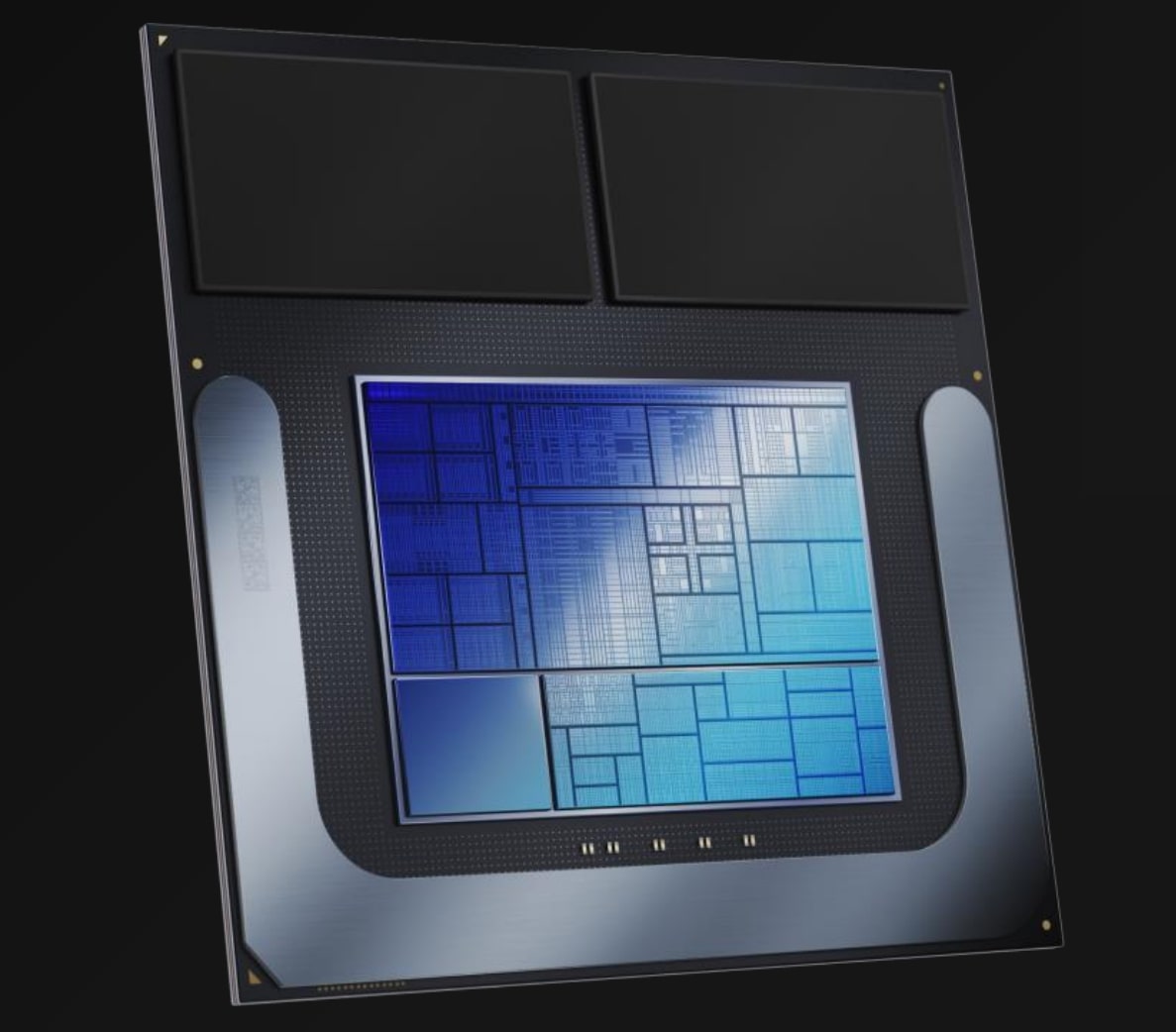Intel's "Skymont" E-core: A Leap in IPC Performance
Sunday, June 02, 2024
Intel's "Skymont" E-core: A Leap in IPC Performance
Intel's "Skymont" E-core is generating quite a buzz in the tech world, and for good reason. As the successor to the "Crestmont" E-core, it promises a significant leap in IPC (Instructions Per Clock) performance. Let's dive into the details of what makes this upcoming architecture so exciting.

IPC Gain Over "Crestmont"
-
Double-Digit IPC Improvement: The leaked presentation slides reveal that the "Skymont" E-core offers a double-digit IPC gain over its predecessor, the "Crestmont" E-core. This is a substantial improvement, considering that the "Crestmont" E-core already achieved around a 4% IPC gain over the "Gracemont" E-cores found in the "Raptor Lake" and "Alder Lake" micro-architectures.
-
Key Enhancements:
- Improved Branch Prediction Unit: Intel has refined the branch prediction unit, which helps the processor predict the outcome of conditional branches (e.g., if-else statements). Better predictions lead to more efficient execution of instructions.
- 9-Wide Decode Unit: The "Skymont" E-core features a broader 9-wide decode unit, compared to the 6-wide decode unit of the "Crestmont." This allows for faster instruction decoding and better utilization of execution resources.
- 8-Wide Integer ALU: The integer arithmetic logic unit (ALU) has been expanded to 8-wide, doubling the number of integer operations that can be processed simultaneously.
- Dependency Optimization: The out-of-order execution engine has undergone dependency optimization, reducing stalls caused by data dependencies.
- Deeper Queuing: The "Skymont" E-core benefits from deeper queuing across the execution engine, allowing for better instruction scheduling and resource utilization.
-
L2 Cache and Core Clusters:
- The E-cores are likely to be arranged in clusters that share an L2 cache among a certain number of cores. This design optimizes cache utilization and minimizes latency.
- While the "Skymont" E-cores will feature in upcoming Intel micro-architectures, they will also serve as standalone cores in the "Twin Lake" low-power processor.
Implications and Expectations
-
Matching AMD's Zen 3 Core:
- With this IPC gain, the "Skymont" E-core is expected to match the IPC performance of the "Sunny Cove" or "Willow Cove" P-cores. These cores powered the "Ice Lake" and "Tiger Lake" micro-architectures, respectively, and were already within the 90th percentile of AMD's Zen 3 core in IPC.
- This parity with AMD's high-performing cores is a significant achievement for Intel.
-
Mobile Processors and Beyond:
- Intel's upcoming Core Ultra 200V series "Lunar Lake-MX" mobile processors are likely to feature the "Skymont" E-cores.
- The architecture's impact will extend beyond mobile devices, influencing future desktop and server processors.
In summary, Intel's "Skymont" E-core represents a remarkable step forward in IPC performance. As we await its official debut, tech enthusiasts and professionals alike are eagerly anticipating the next wave of Intel-powered devices.
Stay tuned for more updates! 🚀🔍
